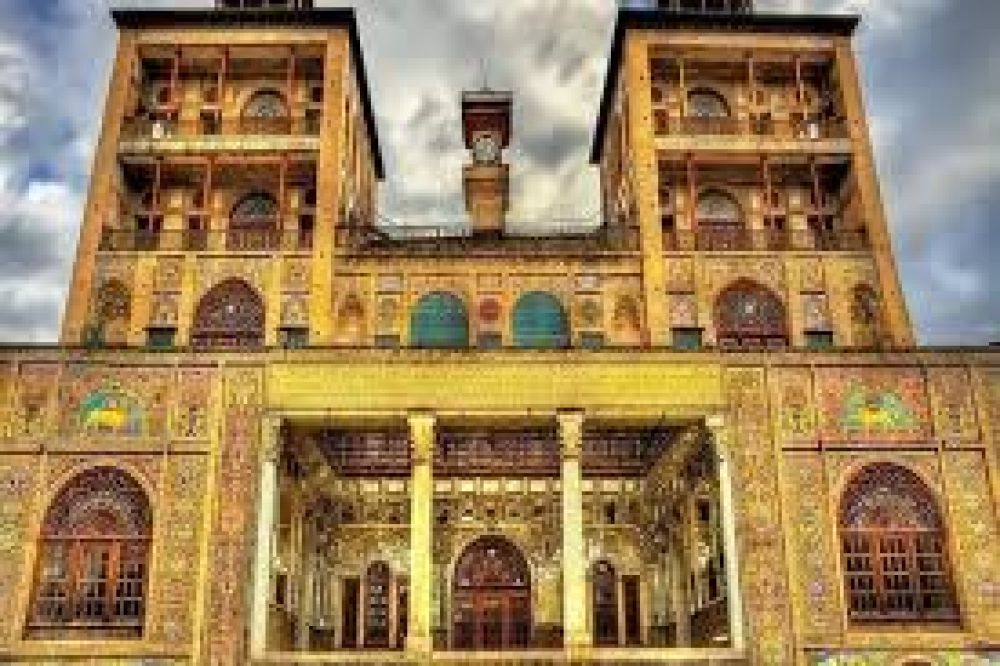

Golestan Palace, a magnificent and historic royal complex situated in the heart of Tehran, Iran, has long been a site of great allure and fascination for tourists around the globe. The history of tourism at Golestan Palace is deeply intertwined with the history of the palace itself, which dates back to the 16th century during the Safavid dynasty. However, the current structure and the spectacular architecture mostly belong to the 19th century when the palace served as the royal residence of the Qajar dynasty.
As the 20th century ushered in a more interconnected world, Golestan Palace began to draw the attention of international tourists. Once a symbol of Persia's royal power and opulence, the palace transitioned to becoming a beacon of cultural and historical significance – an epitome of the Persian aesthetic. By the mid-20th century, as global travel became more accessible, the palace saw increasing numbers of visitors who were captivated by its intricately decorated rooms, majestic halls, and the distinctive blend of traditional Persian craftsmanship with Western influences.
The pivotal moment for tourism at Golestan Palace came in 2013, when UNESCO designated it a World Heritage Site. This recognition catapulted the palace to the forefront of cultural tourism in Iran, guaranteeing its preservation for future generations and significantly boosting visitor numbers. Tourists from across the world began including Golestan Palace in their itineraries, eager to experience the rich tapestry of Persian history and architecture.
Today, Golestan Palace continues to enchant visitors with its series of lush gardens, stunning mirrored halls, and historic artifacts. The most recent trend in tourism at the palace is reflective of a greater desire for authentic cultural experiences. Visitors are keen to engage with the history of the palace through guided tours, often seeking deeper insights into the lives of the Qajar Shahs who inhabited it.
Virtual tours and digital experiences have also gained popularity, especially following the global pandemic, allowing those unable to travel to Tehran an opportunity to explore the palace remotely. Cultural events, exhibitions, and workshops are frequently hosted within the palace grounds, adding a dynamic layer to the visitor's experience.
In line with global tourism trends, there has been an increasing focus on sustainable tourism practices at Golestan Palace. Efforts are being made to ensure that the influx of tourists does not compromise the integrity of the site. Preservation projects and visitor management strategies are in place to maintain the delicate balance between accessibility and conservation.
The future of tourism at Golestan Palace looks bright with continuous efforts aimed at improving the visitor experience while preserving this historic site. As part of a broader initiative to promote cultural heritage, the palace seeks to engage with an international audience, highlighting its diverse history and its significance in the Iranian cultural narrative.
For anyone venturing into Iran, a visit to Golestan Palace is not just recommended; it is considered an essential part of assimilating the country's rich cultural heritage and opulent artistic traditions. As a living testimony of Persian history, Golestan Palace beckons to cultural enthusiasts, historians, and tourists alike to immerse themselves in the story of a nation as old as time itself.